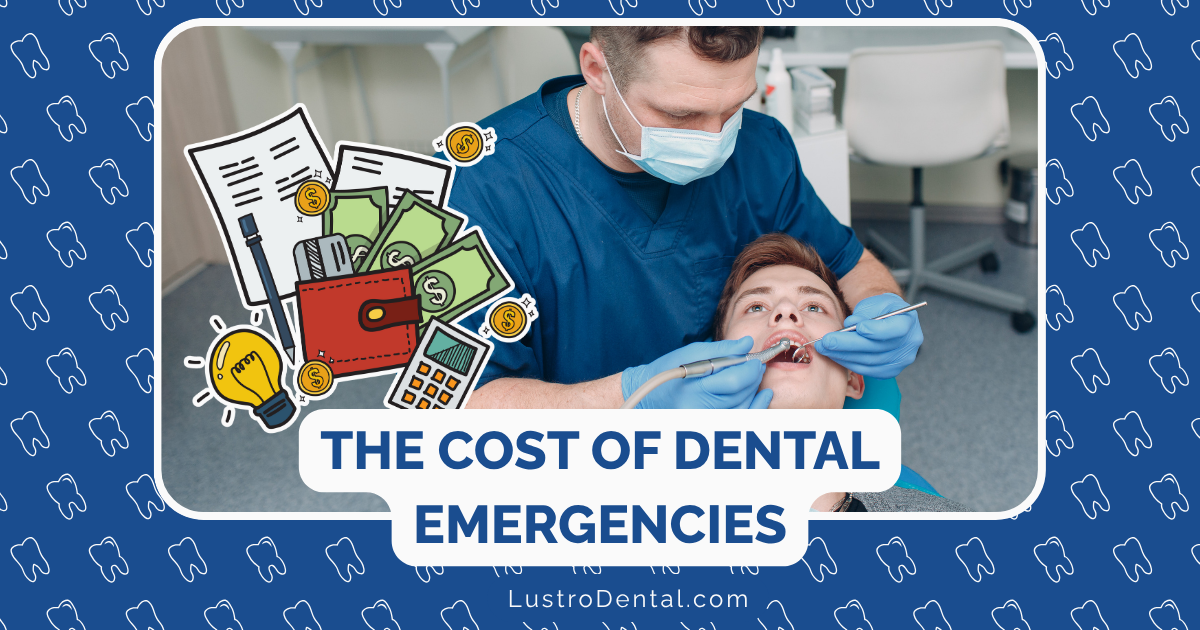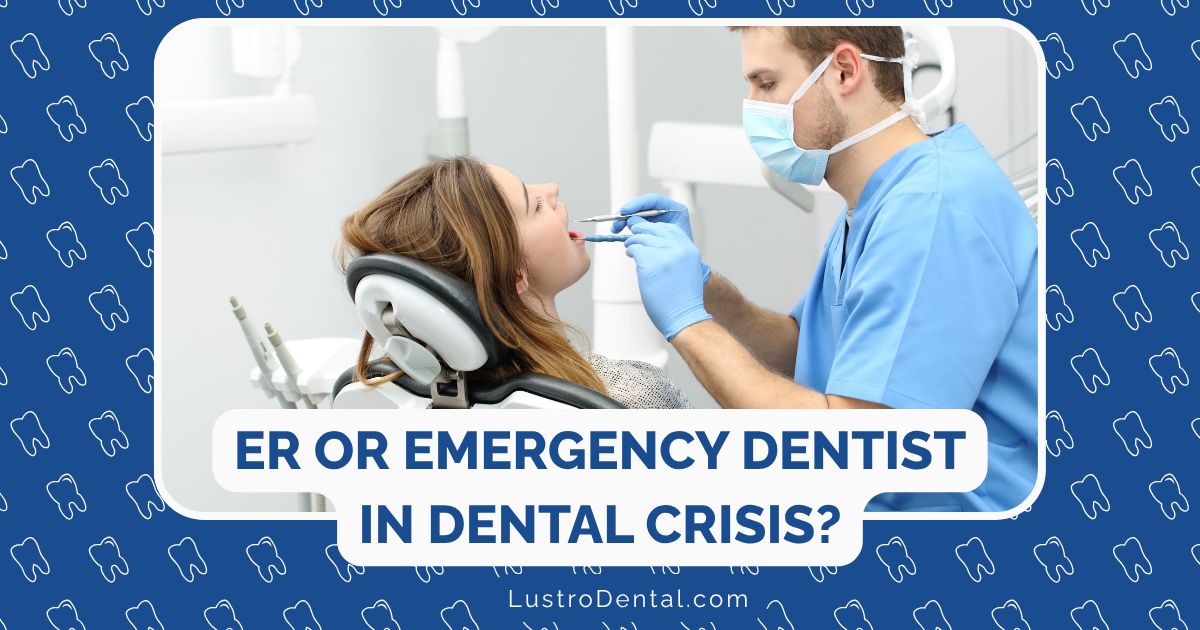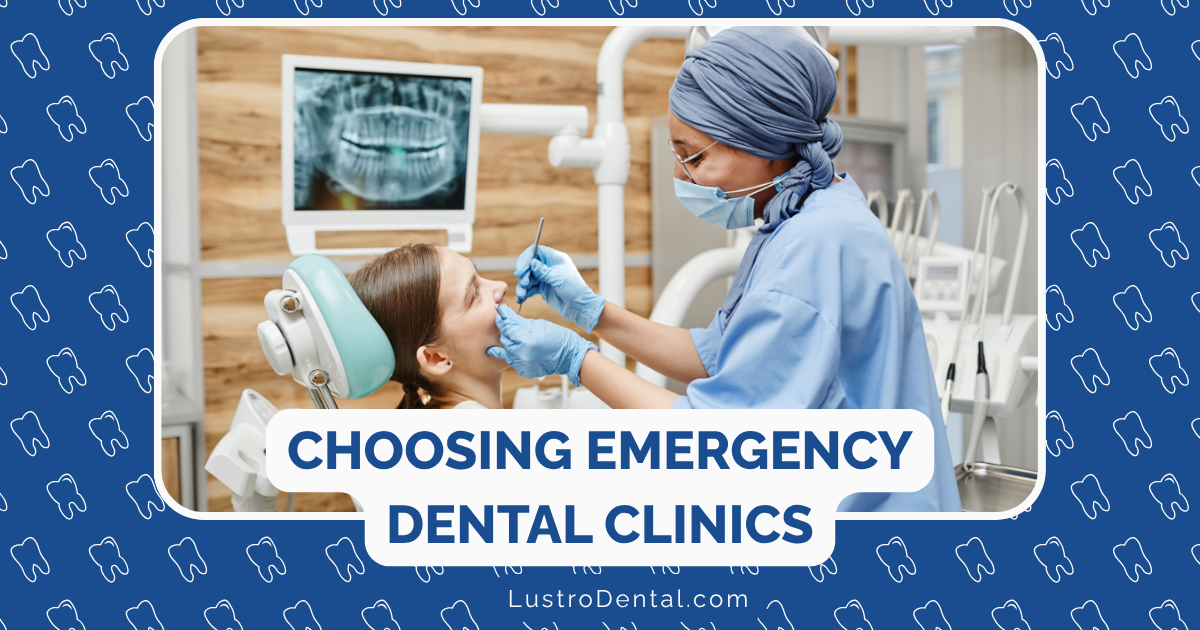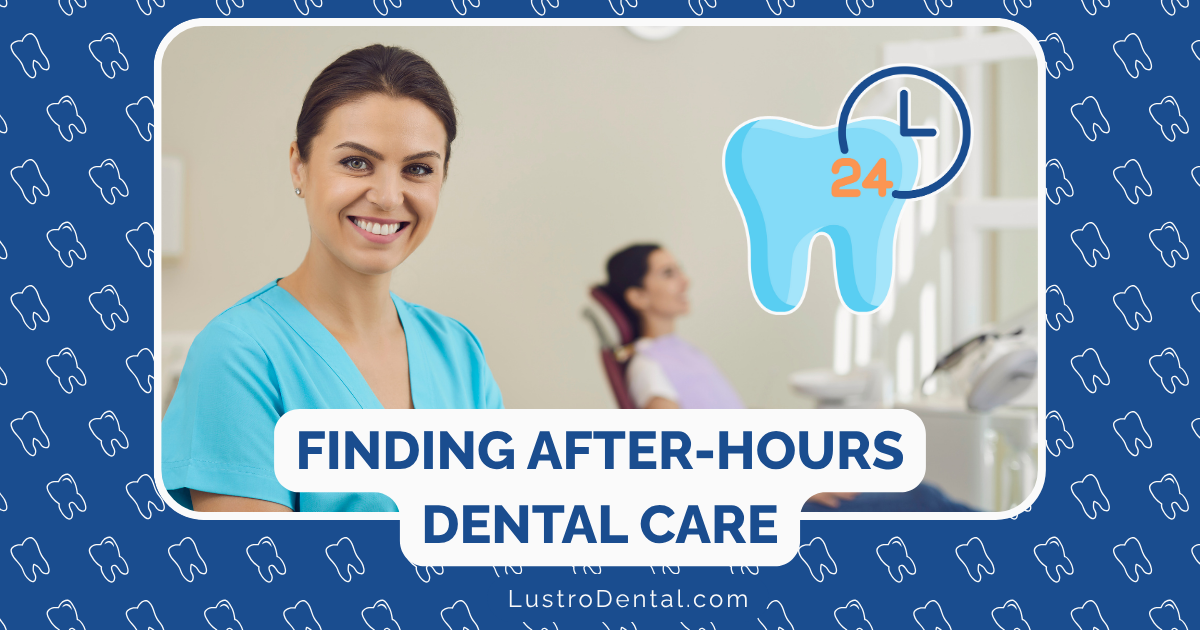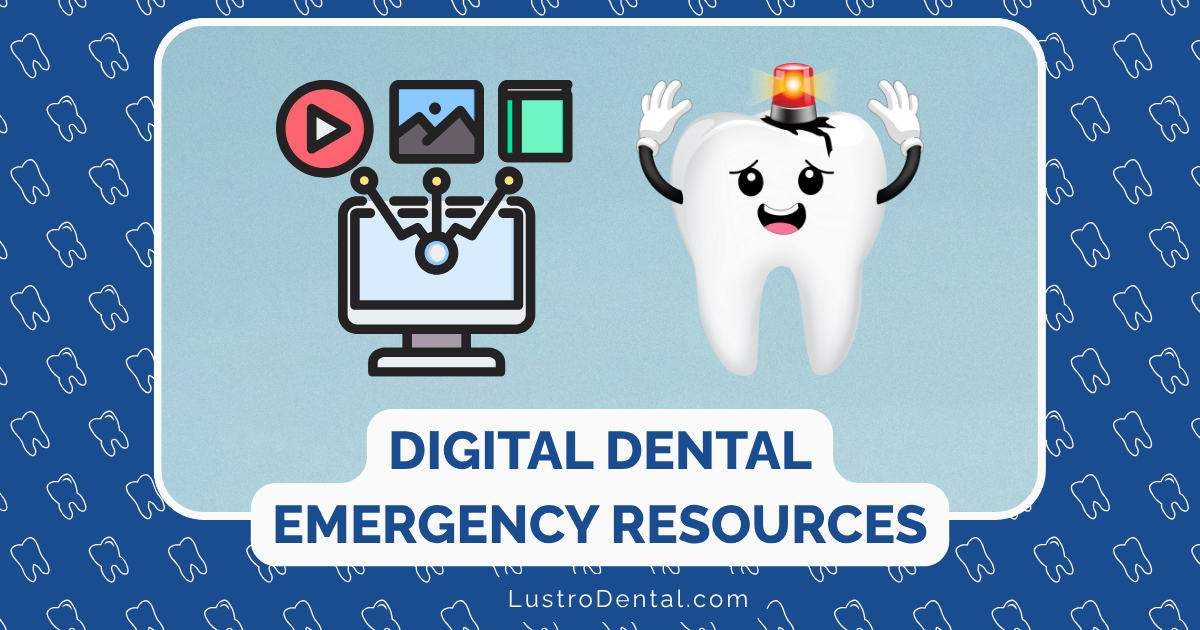Travel Dental Emergency Kit: Compact Solutions for Vacations
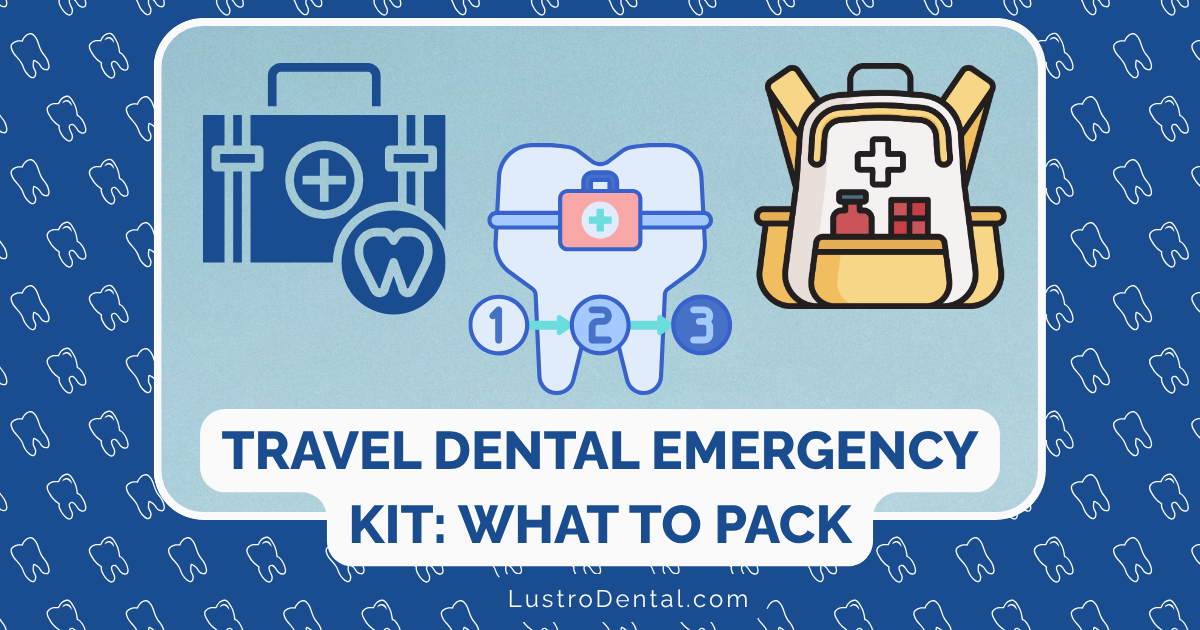
Picture this: You’re finally on that dream vacation in a charming coastal town in Greece. The sun is shining, the Mediterranean breeze is perfect, and you’ve just taken that Instagram-worthy photo overlooking crystal blue waters. Then it happens – a sudden sharp pain shoots through your tooth. Or perhaps your crown comes loose during a business trip to Tokyo. Or maybe your child’s braces wire pops out while hiking in a remote national park.
Dental emergencies have an uncanny ability to strike at the least convenient times, especially when you’re far from your trusted dentist. As someone who’s helped countless patients through unexpected dental crises (and experienced a few of my own while traveling), I can tell you that a little preparation goes a long way toward saving your vacation – and your smile.
Let’s explore how to build the perfect compact dental emergency kit for your travels, whether you’re backpacking across Europe, taking a weekend road trip, or flying to a business conference.
Why You Need a Travel Dental Emergency Kit
Before we dive into what to pack, let’s understand why a dedicated travel dental kit is essential:
- Limited access to care: Finding quality dental care can be challenging in unfamiliar locations, especially in remote areas or countries with different healthcare systems.
- Language barriers: Explaining dental issues can be difficult when you don’t speak the local language.
- Cost considerations: Emergency dental treatment abroad can be expensive and may not be covered by standard travel insurance.
- Precious vacation time: Having solutions on hand can mean the difference between a minor inconvenience and a day lost to finding emergency care.
According to a survey by the International Association for Medical Assistance to Travelers, dental emergencies rank among the top five medical issues travelers face. Being prepared isn’t just smart—it’s essential for protecting both your health and your travel experience.
Essential Components: Building Your Compact Kit
The key to a travel dental kit is balancing comprehensiveness with portability. Here’s what dental professionals recommend including:
1. Pain Management Essentials
Over-the-counter pain relievers
- Ibuprofen (anti-inflammatory properties make it particularly effective for dental pain)
- Acetaminophen (as an alternative if you can’t take NSAIDs)
- Consider individual packets rather than bottles to save space
Oral anesthetic gel
- Travel-sized benzocaine gel (like Orajel or Anbesol)
- Look for maximum strength formulations
- Tip: Transfer to a small container if the original packaging is bulky
Clove oil
- Natural pain reliever with eugenol that temporarily numbs pain
- Store in a small dropper bottle (5ml is sufficient)
- Apply sparingly with a cotton swab
Dr. Michael Chen of International Dental Associates notes: “Clove oil has been my go-to recommendation for travelers for years. It’s natural, effective for temporary pain relief, and takes up minimal space in a travel kit.”
2. Temporary Repair Materials
Temporary filling material
- Single-use packets of temporary filling material (like DenTemp or Temparin)
- Choose one that doesn’t require mixing when possible
- Ideal for lost fillings or small cavities
Dental wax
- Essential for covering sharp edges on braces or broken teeth
- Takes up minimal space but provides significant relief
- Look for individually wrapped pieces for hygiene
Temporary crown cement
- Small kit for reattaching loose crowns or bridges
- Choose one with simple application instructions
- Practice using it before your trip if possible
3. Tools and Supplies
Dental mirror
- Compact dental mirror for examining hard-to-see areas
- Folding or travel versions are available
- Helps identify the source of pain or discomfort
Dental floss and interdental brushes
- Travel-sized floss container or floss picks
- Useful for removing trapped food that can cause pain
- Can sometimes dislodge objects caught between teeth
Cotton pellets and rolls
- Take up minimal space but have multiple uses
- Apply medication to specific areas
- Control bleeding or dry areas for temporary fillings
Tweezers
- Fine-tipped tweezers for precise work
- Sterilize before and after use
- Choose ones with a protective case
4. Specialized Items
Save-A-Tooth kit or container
- Small container for preserving knocked-out teeth
- Critical for increasing chances of successful replantation
- If space is tight, know that milk can serve as a temporary preservation medium
Salt packets
- For making saltwater rinses (antimicrobial properties)
- Individually wrapped packets take up minimal space
- Helps clean wounds and reduce inflammation
Small antimicrobial mouth rinse
- Travel-sized bottle (under 3 oz for air travel)
- Helps clean affected areas before treatment
- Look for alcohol-free versions to avoid irritation
5. Information Resources
Emergency contact information
- Your dentist’s contact information
- International dental emergency hotline numbers
- Travel insurance details with dental coverage information
Basic instruction guide
- Laminated card with steps for common dental emergencies
- Include instructions in the local language if traveling internationally
- Add diagrams for clarity when language barriers exist
Pre-Made vs. DIY: Which Is Right for You?
You have two main options: purchasing a pre-assembled kit or creating your own. Let’s compare:
Pre-Made Kits: Convenience in a Package
Several companies offer specialized travel dental emergency kits. Based on professional reviews and traveler feedback, these stand out:
1. Adventure Medical Kits Dental Medic ($15-20)
- Pros: Comprehensive, waterproof case, lightweight
- Contents: Temporary cavity filling material, cotton pellets, dental floss, dental wax, pain relief medication, and instructions
- Best for: Outdoor adventures, international travel
2. DenTek Dental Emergency Kit ($10-15)
- Pros: Affordable, focused on common issues
- Contents: Temporary filling material, dental pick, applicator, and pain reliever
- Best for: Weekend trips, business travel
3. Dentemp Loose Cap & Lost Filling Repair ($6-10)
- Pros: Ultra-compact, specialized for specific emergencies
- Contents: Temporary cement material and application tools
- Best for: Travelers with crowns or fillings
DIY Kit: Customized to Your Needs
Creating your own kit allows for customization based on your specific dental history:
Advantages:
- Can be tailored to your specific dental concerns (braces, crowns, etc.)
- Often more cost-effective long-term
- Can be scaled up or down depending on the trip
How to assemble:
- Start with a waterproof container (like a small silicone travel bottle or sealed plastic case)
- Add items based on your dental history and trip duration
- Label clearly as “Dental Emergency Kit”
- Include a card with usage instructions
Dr. Lisa Wong, travel dentistry specialist at Global Dental Care, recommends: “For patients with specific dental work like implants or bridges, I always suggest customizing their travel kit with specific tools and materials relevant to their needs. The small extra effort in preparation can save tremendous hassle while traveling.”
Destination-Specific Considerations
Your dental emergency kit may need adjustments based on where you’re traveling:
Remote/Wilderness Destinations
If you’re heading to remote areas where dental care might be days away:
- Include more pain management options
- Add antibiotics (if prescribed by your dentist in advance)
- Consider a more comprehensive temporary filling kit
- Pack extra supplies of each item
International Urban Travel
For city-based international travel:
- Research local dental emergency services in advance
- Include translation cards for dental emergencies
- Ensure your kit complies with airline regulations
- Add contact information for your country’s embassy or consulate
Cruise Ships
For cruise vacations:
- Check if the ship has a dentist on board (many don’t)
- Include seasickness medication (nausea can worsen dental pain)
- Pack extra supplies (port stops may not allow enough time to find dental care)
- Consider dental emergency evacuation insurance
Handling Common Dental Emergencies While Traveling
Here’s how to use your travel kit for common dental emergencies:
Toothache or Dental Pain
- Clean the area by rinsing with warm salt water
- Use dental floss to remove any trapped food
- Apply clove oil sparingly to the painful area
- Take appropriate pain medication
- If swelling occurs, apply a cold compress to your face
- Seek professional care if pain persists more than 24 hours or if fever develops
Lost Filling or Crown
- Rinse the area gently with warm water
- For a lost filling, apply temporary filling material according to package instructions
- For a loose crown, clean the inside, apply temporary dental cement, and reposition it
- Avoid chewing on that side of your mouth
- Seek professional care within 1-2 days
Broken or Chipped Tooth
- Rinse your mouth with warm salt water
- Apply dental wax to any sharp edges
- Take pain medication if needed
- Apply a cold compress if there’s swelling
- Seek professional care as soon as possible
Knocked-Out Tooth
- Handle the tooth by the crown (not the root)
- Rinse gently with water if dirty (don’t scrub)
- Try to reinsert the tooth in its socket if possible
- If not possible, store in Save-A-Tooth solution or milk
- Seek emergency dental care immediately (within 30-60 minutes for best results)
Orthodontic Emergencies
- Cover sharp wire ends with dental wax
- If a wire is poking, try to gently push it flat with a pencil eraser
- Never cut dental wires
- Take over-the-counter pain medication if needed
Finding Emergency Dental Care While Traveling
Even with the best preparation, some dental emergencies require professional attention. Here’s how to find help:
In the United States
- Call your home dentist for referrals
- Use the American Dental Association’s Find-a-Dentist tool
- Search for “emergency dentist” in your location
- Ask your hotel concierge for recommendations
- Call your dental insurance for in-network providers
Internationally
- Contact your travel insurance provider’s assistance line
- Ask hotel staff or concierge for recommendations
- Use the International Association for Medical Assistance to Travelers directory
- Visit the International Dental Federation website for country-specific dental associations
- Contact your country’s embassy or consulate for recommendations
Dr. James Martin, who specializes in travel dentistry at Travel Dental Clinic, advises: “Always verify if a dentist speaks your language before making an appointment. In emergency situations, communication is critical for proper diagnosis and treatment.”
Insurance and Financial Considerations
Dental emergencies abroad can be costly. Here’s how to prepare financially:
Travel Insurance with Dental Coverage
- Standard travel insurance often provides limited dental coverage
- Look for policies with specific emergency dental provisions
- Consider supplemental dental travel insurance for extensive trips
- Keep digital copies of your insurance documents
Payment Options
- Carry a credit card with sufficient limit for emergency treatment
- Keep some local currency for clinics that don’t accept cards
- Ask about cost estimates before treatment begins
- Request itemized receipts for insurance reimbursement
Cost Expectations
Dental treatment costs vary widely by country. For perspective:
- Emergency exam: $50-200 USD
- X-rays: $25-150 USD
- Simple filling: $50-300 USD
- Emergency extraction: $75-450 USD
- Root canal: $300-1,200 USD
Preventive Measures: The Best Emergency Plan
The best dental emergency is the one that never happens. Take these preventive steps before traveling:
- Schedule a check-up before major trips
- Ideal timing: 2-3 weeks before departure
- Allows time to address potential problems
- Mention your travel plans to your dentist
- Complete pending treatment
- Don’t postpone known dental issues
- Temporary fixes often fail during travel
- Complete treatment cycles before departure
- Get specific advice
- Ask your dentist about your specific risk factors
- Request recommendations for your emergency kit
- Discuss antibiotics if you’re heading to remote areas
- Maintain your routine
- Pack your regular oral hygiene supplies
- Stick to your normal brushing and flossing routine
- Limit sugary foods and drinks while traveling
Real Traveler Experiences
Sarah’s Story: “I was hiking in Costa Rica when my crown came loose. The temporary cement in my travel kit saved my vacation – I reattached it myself and was able to enjoy the rest of my trip without pain or sensitivity. When I got home, my dentist was impressed with how well I’d managed the situation.”
Michael’s Experience: “During a business trip to Japan, I developed severe tooth pain. My travel dental kit helped manage the pain until I could find an English-speaking dentist. The clove oil was particularly helpful, and having the translation card for ‘dental abscess’ made communication much easier.”
Final Packing Tips
As you assemble your travel dental emergency kit, keep these final tips in mind:
- Size matters: Choose the smallest effective versions of each item
- TSA compliance: Ensure liquids are under 3.4 oz (100ml) for carry-on luggage
- Climate considerations: Extreme temperatures can affect some dental materials
- Accessibility: Keep your kit in an easily accessible part of your luggage
- Expiration dates: Check dates before each trip
- Familiarity: Know how to use everything in your kit before you need it
- Documentation: Take photos of your teeth before traveling for “before” reference
Conclusion: Peace of Mind in a Pocket
A well-prepared travel dental emergency kit is like an insurance policy you can hold in your hand – it takes up little space but provides enormous peace of mind. While we hope you never need to use it, being prepared means dental issues are more likely to be minor inconveniences rather than vacation-ruining disasters.
Remember that your kit is meant for temporary solutions only. Always seek professional dental care as soon as possible for proper diagnosis and treatment. Safe travels and healthy smiles!
Have you ever experienced a dental emergency while traveling? What items would you recommend including in a travel dental kit? Share your experiences and tips in the comments below!


